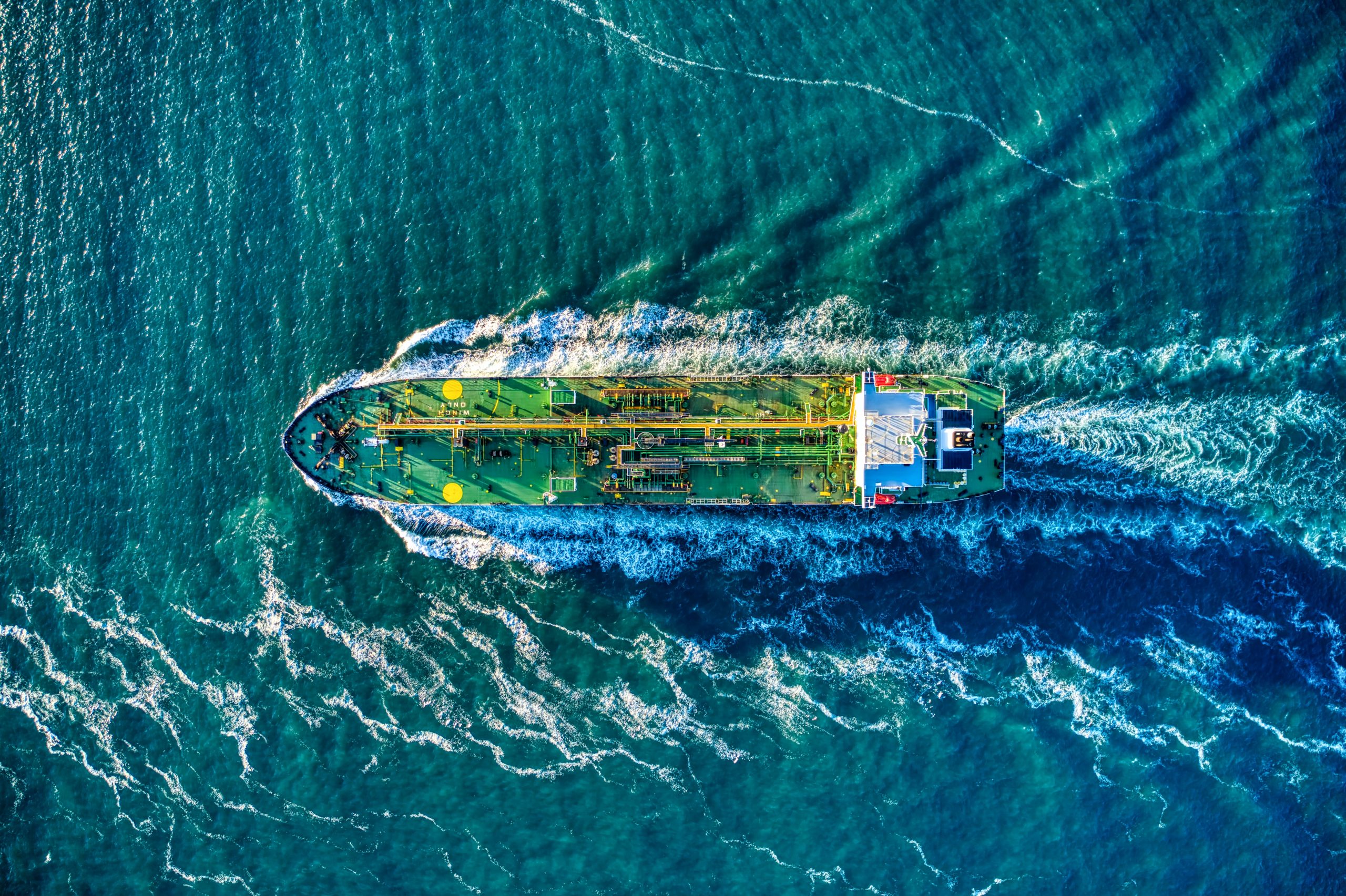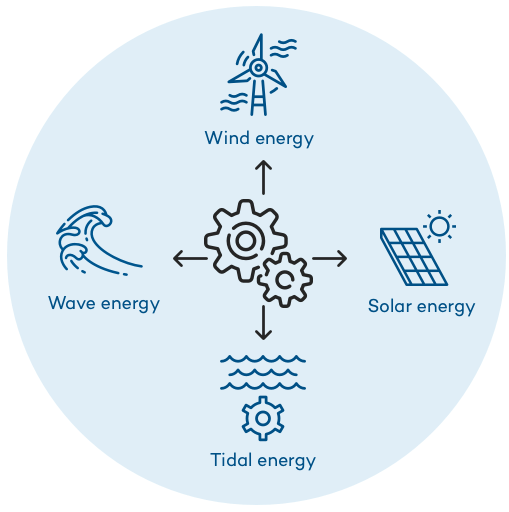Each Work Package contains actions with specific and detailed descriptions, deliverables and output results, as well as indicators and expected results.
WP4: Linking Proofs of Concepts and Society
Start date
01/01/2020
End date
31/03/2021
Duration
15 months
Partner’s involvement
- Partner responsible: University College Cork, National University of Ireland, Cork
- Universidad do Porto
- Universidad de Santiago de Compostela
- Ecole D’Ingenieurs En Génie Des Systèmes Industriels
- Universidad de Oviedo
- University of Plymouth
- Instituto de Ciência e Innovaçao en Engenharia Mecânica e Engenharia Industrial
- Fundación Instituto de Hidráulica Ambiental de Cantabria
- University College Cork, National University of Ireland, Cork
About this Work Package
Although there are already proven technologies to harness marine renewable energies that only require being adjusted to the conditions of their installation site, new concepts are continuously being invented by academic, non academic and industry inventors and entrepreneurs, which do not have enough resources to put their ideas forward.The aim of this WP is to make available the experimental facilities and knowledge of the partners to make the proof of concept of emerging technologies, after a reviewing and screening process by an independent Selection Panel composed by experts in the marine renewable energies. The call for applications is specified in the Application Procedure.

Actions in Work Package 4
Action 1: AA Access to UPORTO multidirectional wave basin
Start date: 01/2020
End date: 03/2021
Proof of concept of one of the novel wave energy converter technologies selected by the independent selection panel at the multidirectional wave basin of University of Porto. Both the facilities and the know-how of UPORTO are focused, during a month, on testing and evaluating the selected technology.
Action 2: AA Access to USC wave/current flume
Start date: 01/2020
End date: 03/2021
Proof of concept of one of the emerging technologies selected by the independent user selection panel at the wave and currents flume of the University of Santiago de Compostela. Given the characteristics of the facilities, either a wave energy converter or a tidal or in-stream currents converter can be tested. Both the facilities and the know-how of the partner are focused, during a month, on testing and evaluating the selected technology.
Action 3: AA Access to IHCantabria large wave flume
Start date: 01/2020
End date: 03/2021
Proof of concept of one of the emerging wave/wind/current hybrid energy converter selected by the independent selection panel at the large wave flume of the IHCantabria. Both the facilities and the know-how of the partner are focused, during a month, on testing and evaluating the selected technology.
Action 4: AA Access to UoP experimental facilities
Start date: 01/2020
End date: 03/2021
Proof of concept of one of cutting-edge wave energy converter selected by the independent selection panel at the facilities of University of Plymouth: the wave flume and the wave basin. Both the facilities and the know-how of the partner are focused, during a month, on testing and evaluating the selected technology.

Action 5: Technical assessment of novel technologies at EIGSI
Start date: 01/2020
End date: 03/2021
Technical assessment of one of the emerging technologies selected by the independent selection panel. This action is centered in other technologies and energy resources (e.g., solar or geothermal). Technologies can be for energy harvesting but also for energy storage. For one month, the knowledge of EIGSI is focused on evaluating the pros and contras of that technology
Action 6: Numerical modelling of novel technologies at UNIOVI
Start date: 01/2020
End date: 03/2021
Numerical proof of concept of one of the emerging technologies selected by the independent selection panel. A wave, tidal, wind or solar converter is evaluated by means of state-of-the-art modeling techniques and tools, at the University of Oviedo. The numerical capabilities enable comprehensive testing campaigns to be carried out, in which multiple device configurations and forcing conditions are analyzed, leading to a cost-effective development of the technology.






